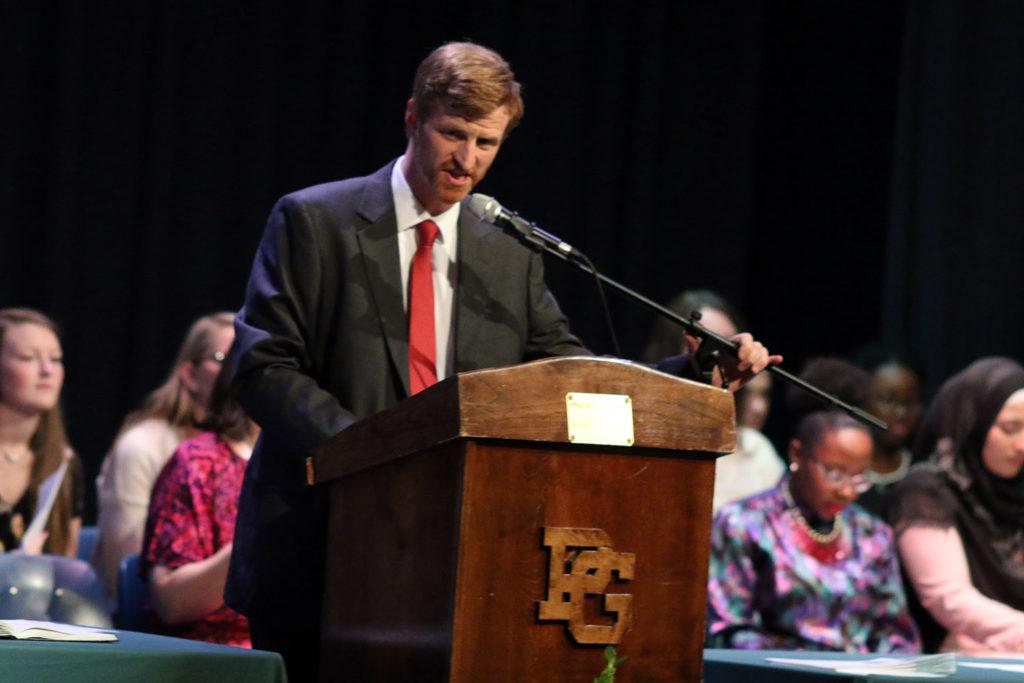
In recent years many schools have been forced to make amendments to their dress codes to keep up with the rapid change of student’s attire. Some examples of the most violated rules would be leggings, pants not worn around the waist, and exposed shoulders.
This is a drastic change from the set of rules many schools used to implement a number of years ago, requiring female students to wear knee length skirts and men to have pressed trousers.
“When I started teaching 26 years ago, we dressed very professionally,” Assistant Principal Karen Rhodes said. “Even my grandmother wasn’t allowed to wear pants when she taught; teachers would wear dresses and high heels. Now dress for the faculty is more relaxed.”
According to one schools website, all students are expected to dress appropriately for a K-12 environment. Any clothing that interferes with or disrupts the educational environment is unacceptable.
“The purpose of school has always been learning. Any clothing that distracts from that must be addressed,” Rhodes said.
Thus it has been it has been the administrations job to uphold and amend the dress code over the years, but some of the recent changes to the code are left unappreciated by students. The dress code has even been implemented upon faculty in the schools.
“I even have a dress code,” Rhodes said.
Students in several areas across the U.S. are pressing for change in their codes.
“If I could change one thing about our dress code it would have to be the rule about tank tops, I like to wear them for warmer weather. I don’t get what’s so distracting about my shoulders,” Meredith said.
In spite of this, the purpose of the dress code still stands.
“[Schools have a dress code] mostly to protect the students and keep them focused on their education instead of each other,” sophomore Ashley Meredith said. “Certain attire is expected at certain times.”
The debate of dress code spans across the nation. Many students have taken up petitions to their own schools code in lee way of a code more suiting to modern standards.
“I feel that people should be able to dress comfortably and relax in their own clothes,” Meredith said.
While the movement against regulations of dress may seem new along with all the innovation in fashion and technology but it is dated far back to the Victorian era when women first started to regularly wear pants.
“Nowadays we dress with what we need, but we have always been going back and forth on what is appropriate and inappropriate of our attire,” senior Derrick Young said
Likewise, the dress code has been ever changing, so it is unknown as of now what the dress code will be like in the future. “I reckon that as I get older the code will become more neutral, just guidelines instead of strict rules,” Young said. “I think over the years we have all gotten a little more relaxed in how we present ourselves at school.”
A good example of this is how the hemlines of skirts, dresses, and shorts have receded in the past years. Students used to be required to wear knee length Garments but in many now they can be no shorter than mid thigh. While people have been pushing for dress reform for centuries, the goal has remained same for schools. “It’s not always about what we wear, it’s more about the mindset,” Rhodes said.





























